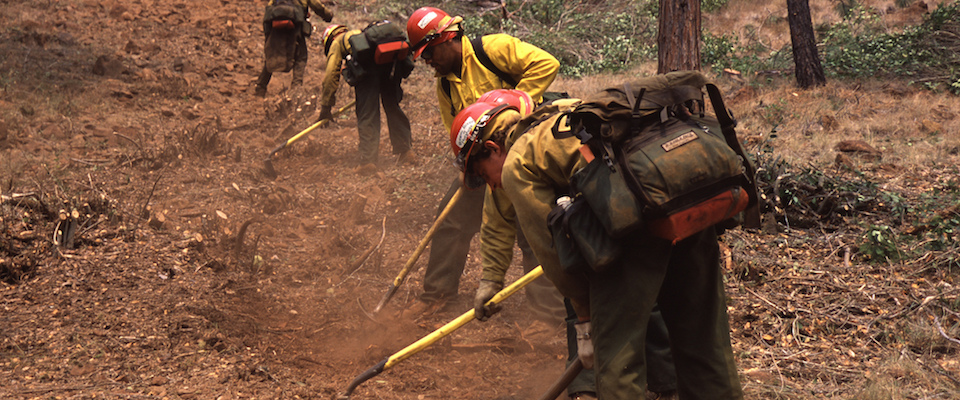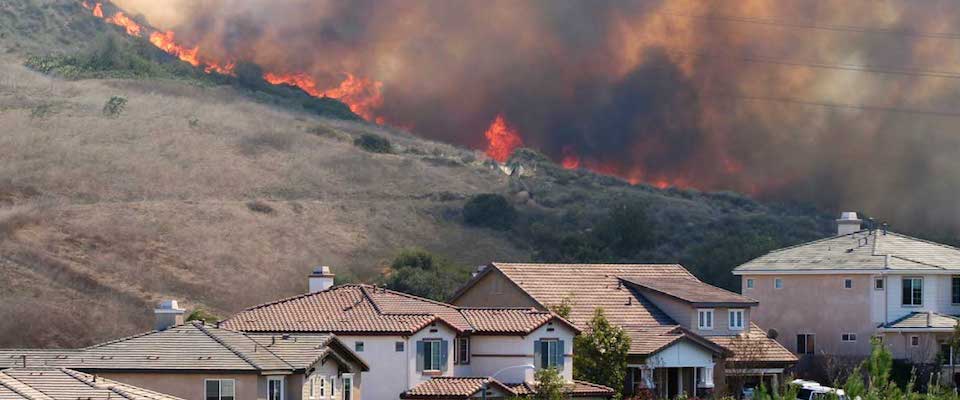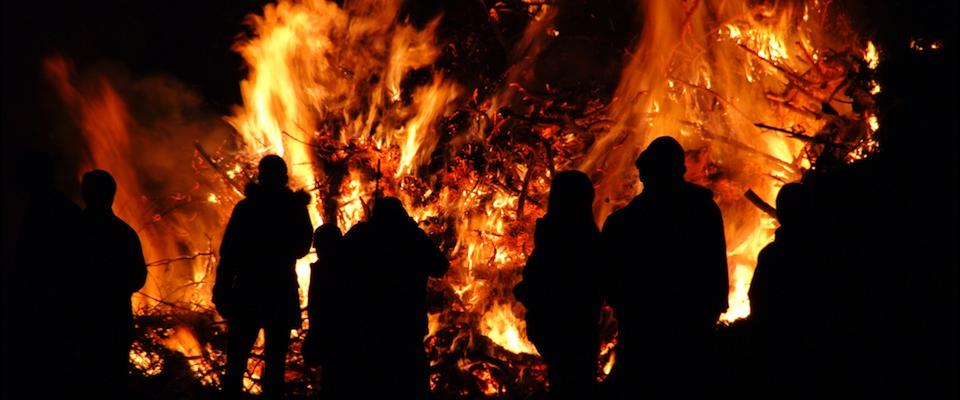A week after the eruption of the Camp Fire near the town of Paradise, California, 142,000 acres have burned, setting state records for wildfire destruction.
Despite the hundreds still missing and worsening air quality in much of the state, there has been significant progress in battling the flames. As of this writing, according to Cal Fire officials, the Butte County blaze is now 45 percent contained, with full containment expected by November 30.
But what does it mean for a fire to be “partially contained”?
While full fire containment could take a few days or even weeks to achieve, controlling a fire might take a month or longer.
“Percent contained is the percent of the perimeter that firefighters have put line around,” explains Sasha Berleman, a firefighter with a Ph.D. in wildland fire science from UC Berkeley. That perimeter, she adds, can be natural (e.g. a rocky ridge, a river) or manmade (e.g. a road, a hand-dug fireline).
Take, for instance, a fire with a 200-mile perimeter. If 100 miles of that perimeter border a river, and firefighters dig a fireline (i.e., create a gap in combustible material) along another 50 miles, the fire is considered 75 percent contained.
This is measured both on the ground, with tools such as topographic maps and GPS, and overhead, using planes with infrared cameras to detect remaining pockets of heat. Scientists, including some at Berkeley, are working on improving fire detection with high-tech satellites and drones.
Better detection doesn’t necessarily mean faster containment, however. A fire’s ability to be contained is determined by a number of factors—primarily the landscape, moisture content, and wind speed and direction. In the case of the Camp Fire, says Berkeley wildland fire scientist Brandon Collins, steep slopes, dense natural fuels (like shrubs), and strong winds were the fodder for a perfect storm. Even once the firefighters got there, the flames were spreading at an uncontrollable rate.
“When that blew up,” he says, “there was nothing—absolutely nothing—you could do with regards to containment.”
In order to say confidently that a fire will not breach its barrier, Collins says, firefighters have to ensure that no embers can fly loose and reignite elsewhere.
Collins explains that active wildfires are divided into sections, each assigned to and monitored by discrete firefighting divisions. At least once a day, each division’s lead will relay the latest containment information up the chain of command where it’s used to update the wildfire map with current containment lines and percentages. These are the figures we see when we turn on the news.
But, as anyone living in California knows, containment percentages can fluctuate. With a few stray embers and a bit of wind, fire can easily jump containment lines. When that happens firefighters are forced to retreat to a secondary “contingency line” and resume containment work there.
Even a fully contained fire can hop the line or continue to cause destruction within its boundaries.
As Berleman explains, “to be 100 percent contained is to have line around the entire fire.” To be controlled “is to expect that, without any doubt, the fire will not push past those lines.”
While full fire containment could take a few days or even weeks to achieve, controlling a fire might take a month or longer.
In order to say confidently that a fire will not breach its barrier, Collins says, firefighters have to ensure that no embers can fly loose and reignite elsewhere. Doing so involves a process called “mop-up”—permanently snuffing out those last, smoldering hotspots.
In the case of the Camp Fire, steep slopes, dense natural fuels (like shrubs), and strong winds were the fodder for a perfect storm.
Only after the last hotspots have been extinguished for at least a couple of days is the fire finally considered “out.”
So, is there much we can glean from containment numbers? Collins offers a qualified ‘yes.’
He says that, while there isn’t a number at which containment indicates safety, fire officials tend to front-load their work in areas affecting people. So “above 25-30 percent usually means [firefighters are] getting a handle on the situation, at least around communities.”
Berkeley forestry professor Keith Gilless also cautions against conflating safety and “control.”
“These are separate issues,” he says. “While ‘control’ is a critical measure of fire suppression efforts, it is important that people living near a fire not base their compliance with evacuation recommendations or orders based on announcements of the percentage of control. The fire service may be making great progress towards control in some locations while the situation elsewhere is very hazardous.”




















